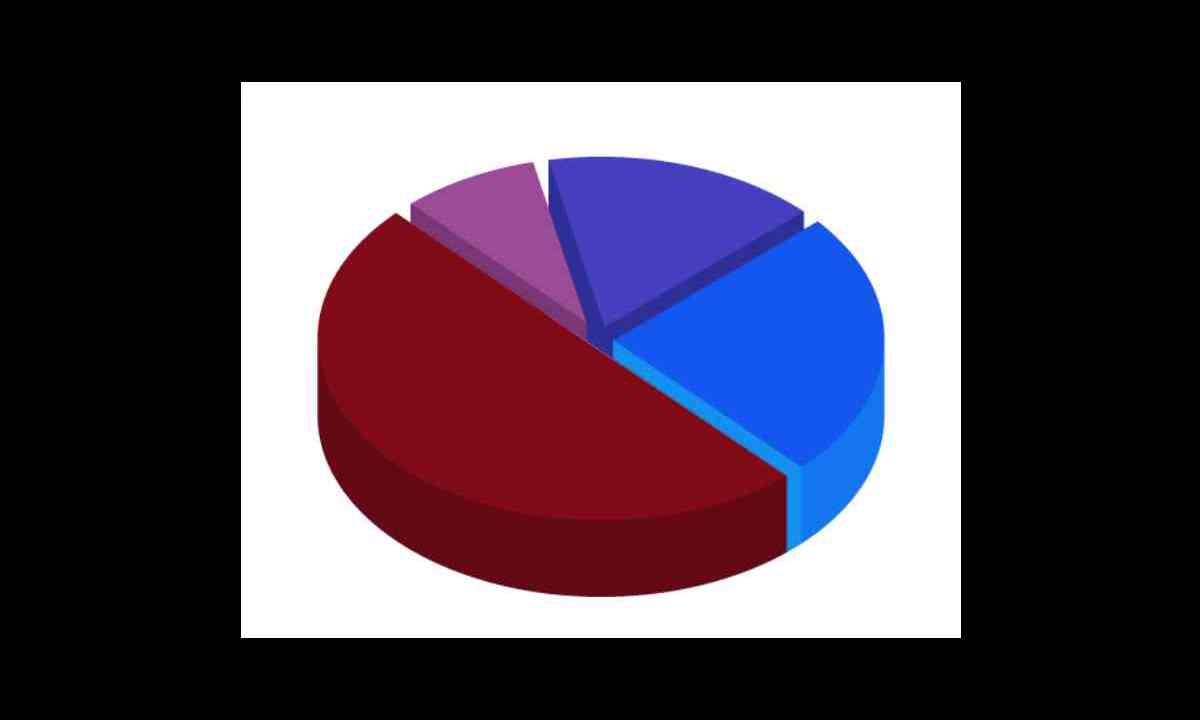Suicide is not the answer
3 years ago

In most of the countries in the world poverty is understood as income poverty. When people lack money, they are mostly regarded as poor. If poverty is studied in broad terms and reasons of poverty are sought it has various dimensions leaning behind. Some of the important factors of poverty are suffering from malnutrition, poor health condition, lack of quality education, poor access and availability of clean drinking water, lack of electricity etc. These all factors clearly reflect that poverty isn’t only income poverty, but it is multidimensional affecting various factors of life. (OPHI, 2019). According to Nepal’s Multidimensional Poverty Index 2021, major factors supporting multidimensional poverty in Nepal are people lacking housing materials, clean fuel for cooking, proper schooling, assets, sanitation, nutrition, better health condition etc. Multidimensional poverty not only reflects poverty of people from different angles but also reflects different level and effect of poverty. It also helps in identifying hidden cause of poverty and level of vulnerability of poor people analyzing different aspects.
In the context of Nepal, country has been divided into seven provinces and seventy-seven districts. Districts in the eastern Nepal are developed than in the west of Nepal in various dimensions as mentioned above. The MPI report of Nepal 2019, shows that over half of the poor people lives in rural areas. Most of the people in rural areas doesn’t have clean energy and they are depended on firewood; the access of health and education aren’t as good as compared to the urban areas. People lack knowledge about balance diet and nutritious food. Geographical difficulties create problem for employment opportunities and better services. This is how multidimensional factors are responsible for creating Poverty problem. Rural context of Nepal is just an example to support this statement why there are morepoor people in rural part than in urban areas in Nepal. After working on sanitation, hygiene, providing clean fuels, encouraging for going to school by providing free meals to children at school, awareness on nutrition etc. helped Nepal to have massive reduction in multidimensional poverty. The Multidimensional Poverty of Nepal was 30.1% (MPI, 2014) before and it is reduced to17.4% within few years (2019, MPI Nepal). Multidimensional poverty exists and different solutions and measures for the problem have been adopted for its reduction. There areten important indicatorsof MPIbased on health, education and living standard. Through the research it has been predicted that there are 60% of the People in Nepal who could come out of poverty if they could exist only 1-2 deprivations which they are facing as multidimensional poverty problem. (MPI Report,2019). So, this statement also the proof that poverty doesn’t mean only lacking money but also lacking other factors which are multidimensional. Income Poverty doesn’t include all the factors of poverty because all the people who are considered as poor is not due to only income poverty.
Their needs and reasons of deprivations are different which is commonly known as multidimensional reasons of poverty. Sustainable Development Goals have also mentioned that ‘Ending Poverty in all its forms, everywhere’ (UN Report, 2019). It also clarifies and acknowledge the different forms of poverty. In 2015, Nepal faced a devastating condition due to earthquake.Those people who have lost their loved once are having poor health condition and suffering from mental illness.They frequently get scared from the aftershocks of earthquake which we are feeling till this year. Due to collapse of schools and health posts students were deprived from their education and local people were deprived from health services. Work on reconstruction is going on since 2015 but it’s still uncertain how many years it will be taking to be fully recovered. The situation created by earthquake 2015, is just one of the examples of Nepal how multidimensional poverty is impacting people’s lives rather than income poverty. Similarly, back in 2009 about 200 people were killed in western Nepal due to suffering from less deadly disease Diarrhea. People had money but they were lacking access of health post and medicine at the time of emergency in the remote village (Adhikari,2009). At the same time poor sanitation and hygiene helped in spreading the disease and killed hundreds of lives in the village of Jajarkot.
The deprivation and needs of people vary from place to place and person to person. Income poverty solely cannot represent the level and deprivation that people are facing. So Multidimensional approach of poverty exists, and it also assists in solving the problems of poverty based on the needs and deprivation people are facing in different ways. All the factors of poverty cannot be taken in a single basket. In case of our country too various programs related to hygiene, clean energy, health, education, proper housing etc. have been launched. This is to solve multidimensional poverty problem to some extent. Till yet the result of these work is inclining in a progressive way. After taking some measures on these factors the multidimensional poverty has fallen within five years. There are still so many rooms for improvements and challenges for the future in reducing poverty.

- by RAKHI BIND

- by Republica

- by Bishakha Koirala

- by Divya Adhikari
Leave A Comment